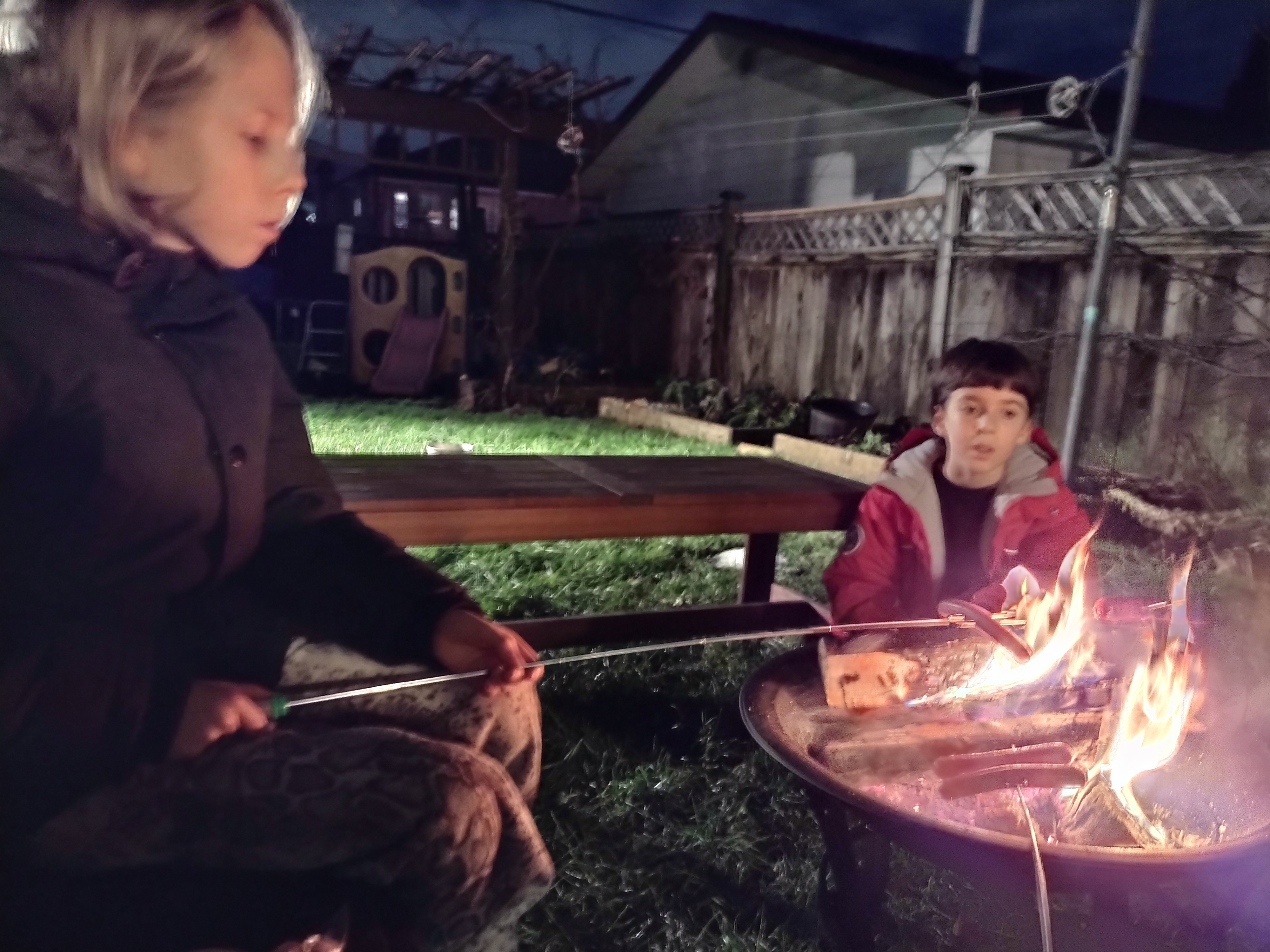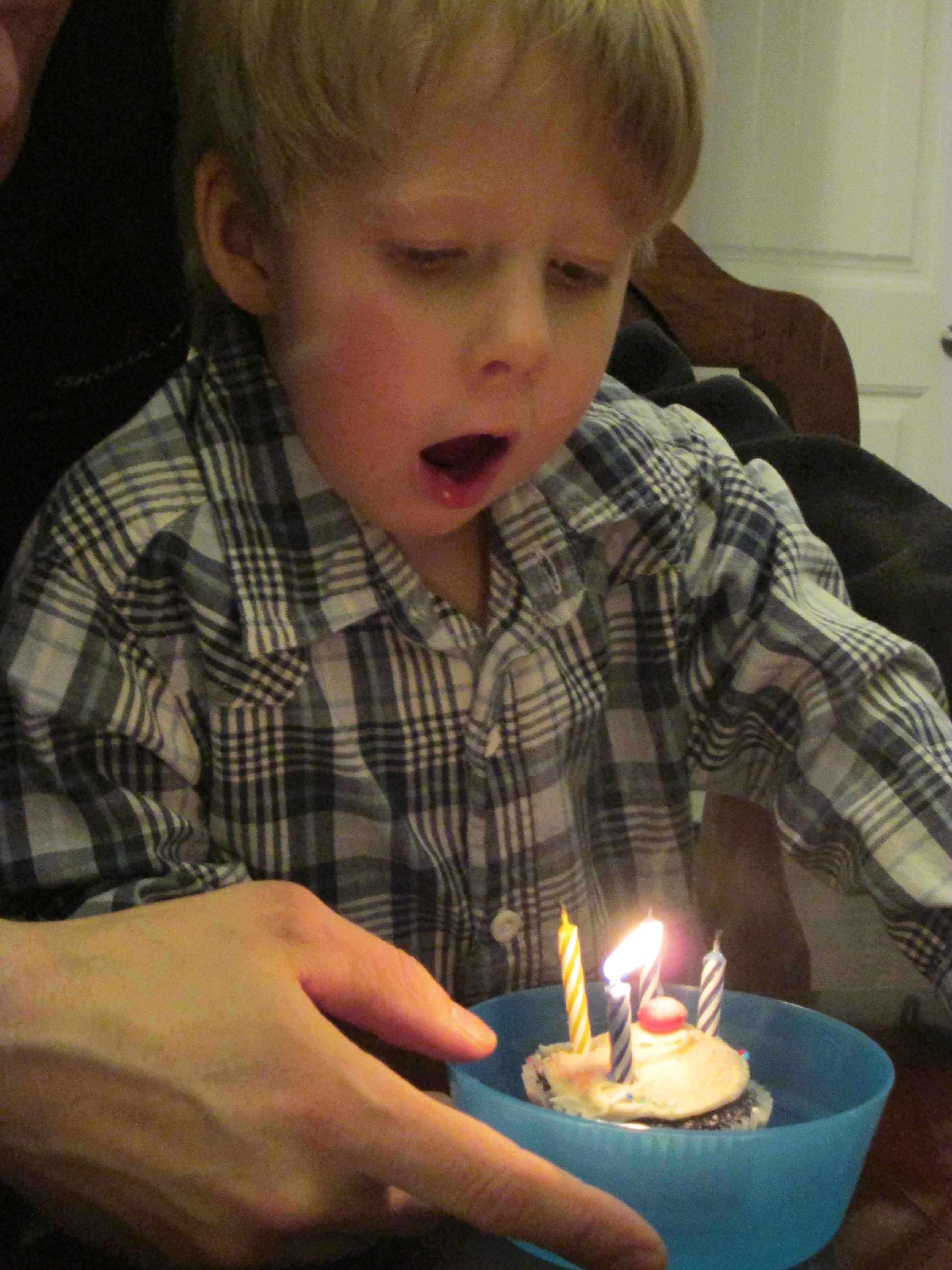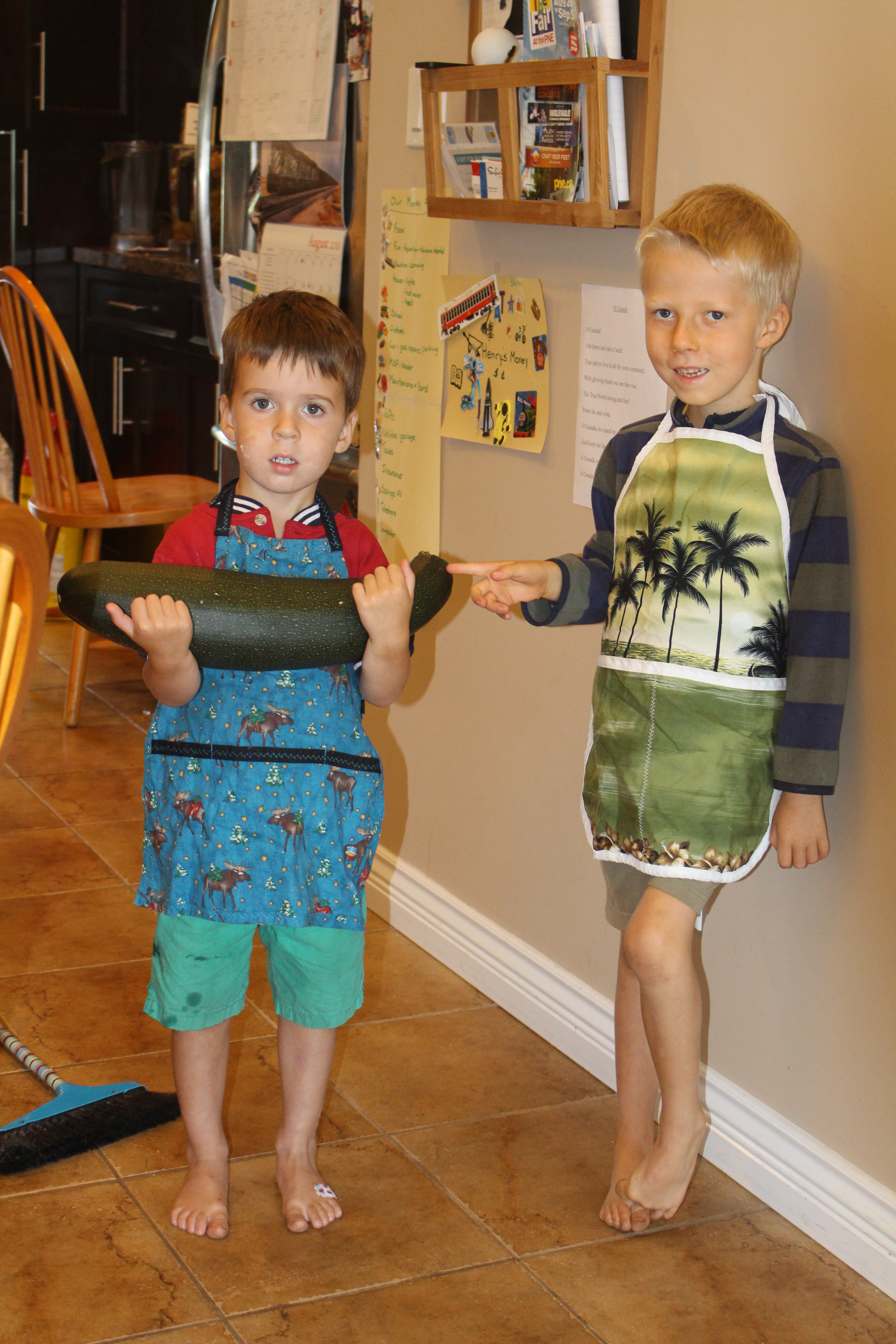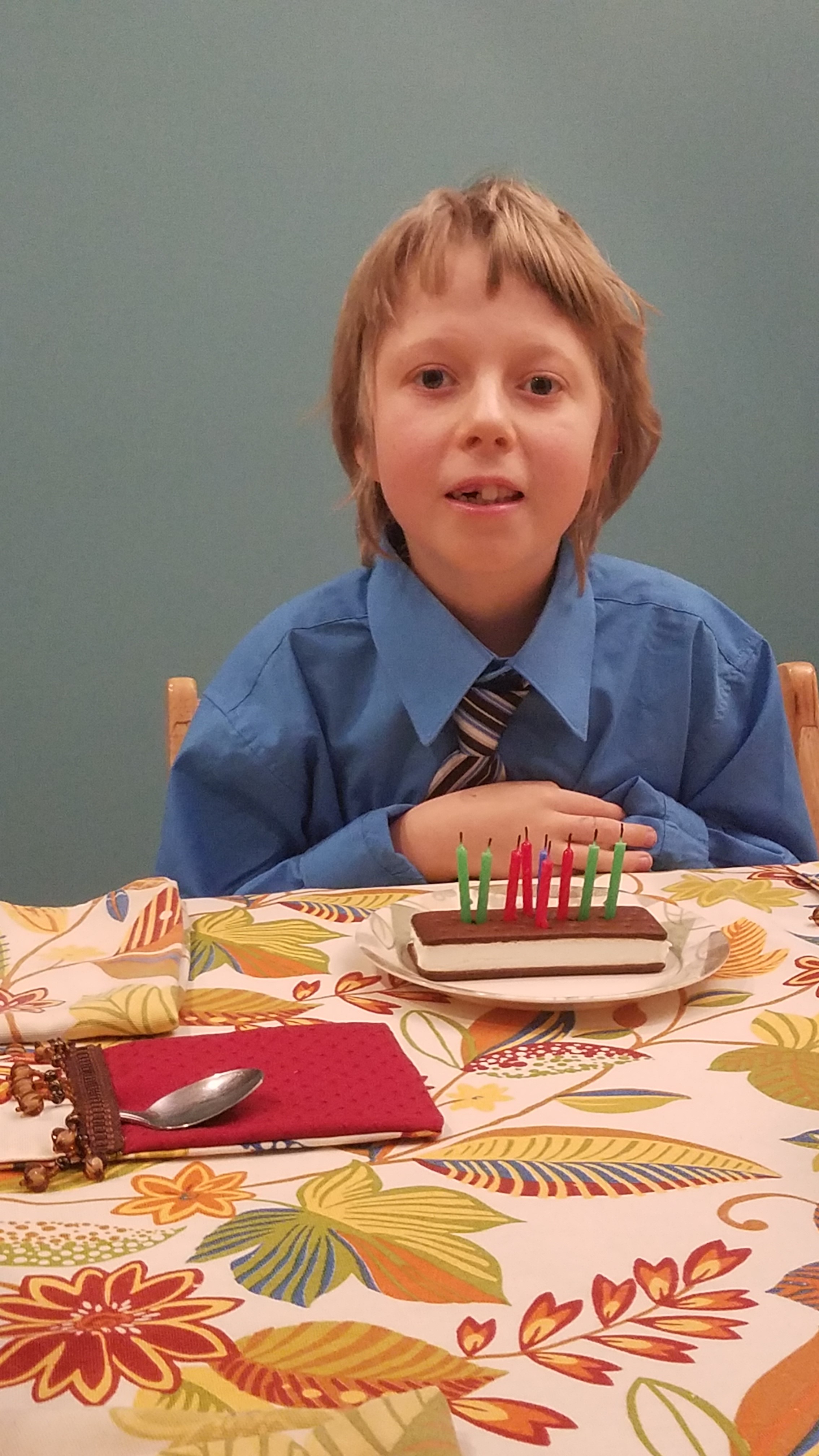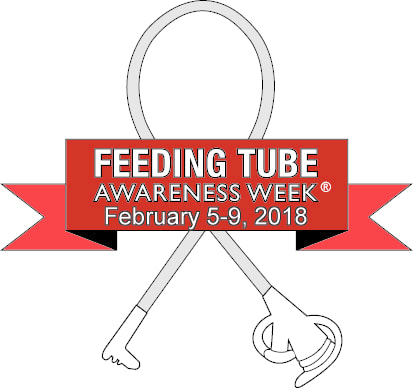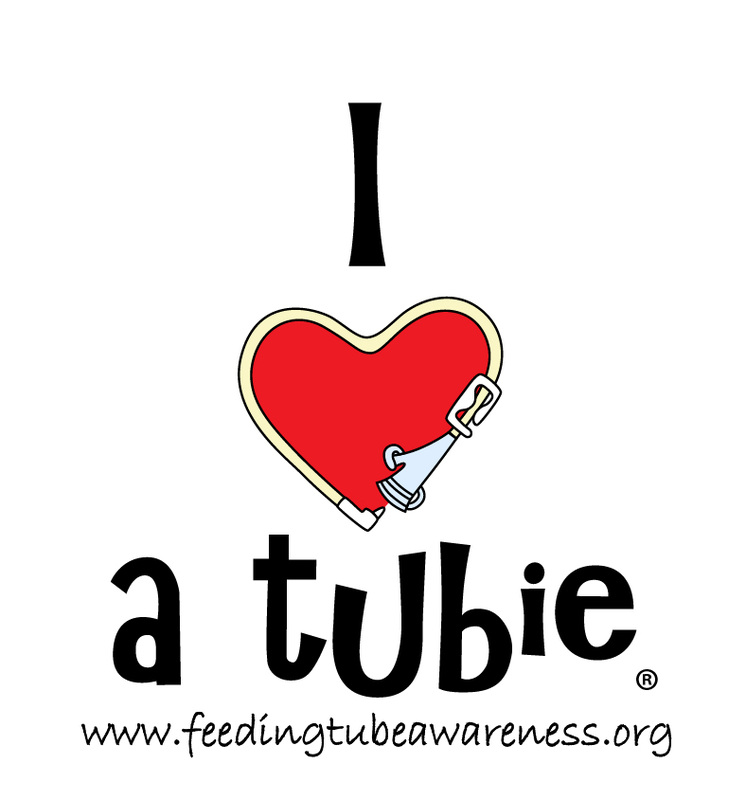Benefits
Wednesday, February 9th
What has tube feeding meant for you or your child? What benefits have you seen from tube feeding? How has tube feeding improved your or your child’s life? Dispel myths that people have about tube feeding.

I often struggle with this question, because beyond “the benefit is my son is alive”, what else do I say…? But nonetheless, I always comes up with something :).
For us, tube feeding means more ease. It means meal times are (no longer) anxiety filled occasions that everyone braces for. It means we get to sit and enjoy time together without everyone looking (while pretending not to) to see what/if he’s eating. It means he can delight in making food (his current love is baking!), without his enjoyment tarnished by an implicit expectation he taste what he’s made. His food button isn’t the only thing that has helped up get to this place. Letting go of our own attachment to him eating with his mouth was (is) a huge shift.
Our attachment comes from us: our hopes & dreams, our cultural & family expectations and our ideas of what was “normal” & “healthy”, and our ideas for his future. It comes from our love, protection, confusion, determination and anxiety. And make no mistake… it comes from all around us also. When was the last time you saw eating through a feeding tube portrayed as “natural”. One of the first questions at every doctors appointment, regardless of the doctor’s specialty, is “is he eating by mouth yet?”
But in the end it wasn’t helpful. We needed to let his eating through a tube, maybe forever, be okay. Not just okay, but the natural and “normal” way he is meant to eat. Only through this shift can we truly meet him where he’s at, and support him in the way he needs. For me, this doesn’t equate to “giving up hope”. Not in the least. For me, this means meeting my child in who he is, as he is, in this very moment. And the next. And the next. Surrendering to, and having faith in, who he is meant to be shining through without my needing to control the process. And for an anxiety-prone Mama like me… that’s no easy task.
Cheers, Shelley

